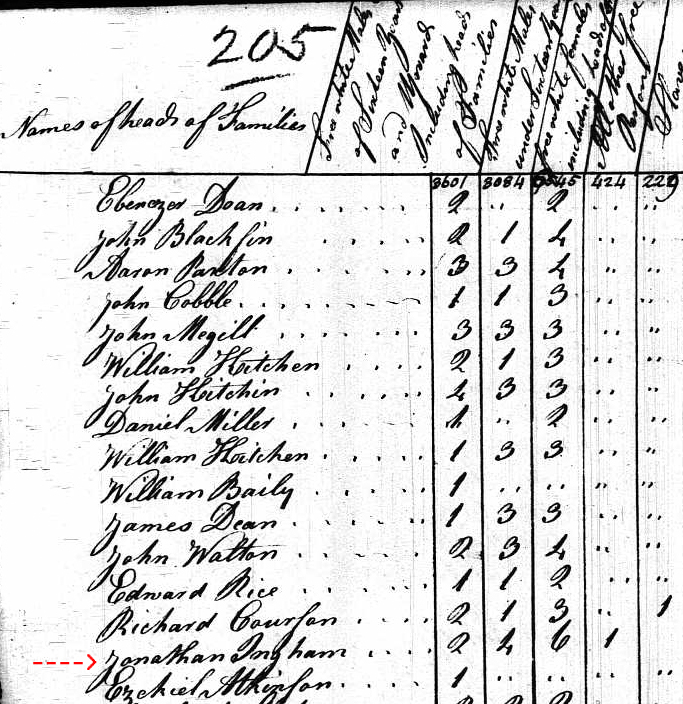I’m working on a museum exhibit for the Solebury Historical Society that will be on display starting tomorrow. The subject is medical history, and I’ve been researching the earliest doctors in the area. The first recorded in Solebury is Doctor Jonathan Ingham, and I found this interesting note about his death in Davis’ History of Bucks County:
By this account Doctor Ingham, a resident of Solebury Township, was a slave owner. If Davis is correct, Ingham’s slave Cato is the only recorded slave in Solebury. All other sources I’ve seen claim that there is no record of slavery in the township, and the presence of slaves would have been readily documented. Following Pennsylvania’s Act for the Gradual Abolition of Slavery in 1780, all slave owners were required to register their slaves annually, and if they failed to do so their slaves would be freed. A list of slaves registered in Bucks County is available here. There are no slaves registered in Solebury.
Census data also casts doubt on Davis’ claim. According to the 1790 US Census, Ingham did not own slaves. However, there does appear to be one “free” black person living in his household:

The column “other free persons” can be inferred to mean free black person. However, this “free” person could be an indentured servant. As such, the “other free person” living in the Ingham household could be Cato. While he might not have been legally defined as a slave, he may well have been treated like one.
Slavery and Other Bondage
The 1780 law dictated that all current slaves would remain slaves for life, while the children of slaves would technically be “free” but would remain indentured servants until the age of 28. In theory they had the same rights as a white indentured servant, but their actual position in society was surely quite different. While most white indentured servants willingly entered into servitude, usually being paid with cash or land at the end of their term, the black children born into bondage had no say in the matter. Their terms of service were also much longer. The 28 years of bondage required for these “free” children of slaves was most of their productive life; Davis notes that there are few slaves over the age of 45 in the register and sarcastically suggests, “From this it might be argued that the mild type of slavery in Bucks county was not conducive to long life.”
Conversely, indentured service could be quite profitable for white residents of Bucks County. After Doctor Ingham died his own son Samuel D. Ingham became an indentured servant. Samuel, then 14-years-old, was indentured as a condition of his apprenticeship to a paper miller on the Pennypack. Seven years later Samuel returned to Solebury and took charge of his family’s farm and mills. He was later elected to US Congress and served as Secretary of the Treasury under Andrew Jackson, and lent his name to Ingham County, Michigan.
Clearly indentured servitude meant something different for white residents of Bucks County than for the children of slaves.
